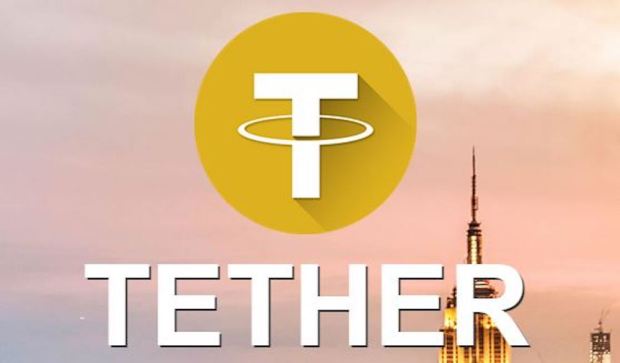Little Evidence That Tether Has The US Dollar Reserves To Back Tokens

Tether, the digital currency that is purported to be backed by U.S. dollars, has been surging in trading — with daily trading volume around $3 billion, behind only bitcoin. But the problem, according to the Wall Street Journal, is that there isn’t any evidence to back the claim that it’s tied to U.S. dollars.
According to the Wall Street Journal, Tether is popular with investors because it’s supposed to be tied to the U.S. dollar, resulting in it becoming a crypto bank for digital token businesses that have a tough go at real-life banking relationships, giving them liquidity and place to keep their assets. The paper cited new research from Chainalysis. Because one Tether equals one dollar, it has taken on this additional role as the crypto bank, noted the paper. As a result, its important that Tether has the approximately $2.5 billion needed to back the coins in circulation.
But according to the Wall Street Journal, Tether has never shown any audit that backs up its claim that it has that cash in reserves. The company that controls Tether says it has the reserves — but it hasn’t named the banks where the money is being held, nor would it say where the banks are based and if they are regulated. The WSJ noted that in 2017, Tether hired Friedman to audit the reserves. Friedman issued a preliminary report last year, but Tether says it released Friedman before a final audit was completed. Leonardo Real, Tether’s chief compliance officer, told the WSJ that since Friedman was let go, it has had a hard time finding a reputable firm to audit it. He wouldn’t say why Friedman was let go, noted the report. “There’s nothing to hide here,” said Real in the report. “It’s not three managers just cranking out money randomly in a dark basement somewhere.”
In June, law firm Freeh Sporkin & Sullivan was hired and issued a report in which it said it believed Tether was backed by the U.S. dollar fully. Still, critics of Tether said it wasn’t an audit and that the law firm wouldn’t name the banks it contacted to verify the cash reserves. Meanwhile, Real told the WSJ Tether plans to release more evidence to support its claims.
The report noted that the way Tether is created is also raising concerns among investors and market players, given there isn’t a set Tether in circulation — which means demand drives new issuance and investors have little visibility into the process. “It’s sort of the central bank of crypto trading,” said David Gerard, a programmer and author of “Attack of the 50 Foot Blockchain,” in the report. Yet “they don’t conduct themselves like you’d expect a responsible, sensible financial institution to do.”
Over the past year-and-a-half, Tether’s market value has risen to $2.4 billion from about $10 million at the beginning of 2017 and is an important source of liquidity for the crypto market. The WSJ noted at points this summer that Tether accounted for as much as 80 percent of bitcoin trading volume. The paper cited CryptoCompare for the data. It started the year accounting for 10 percent of the digital token trading volume. The paper noted that close to half of its trading volume is spread out among a handful of exchanges that accept Tether.
